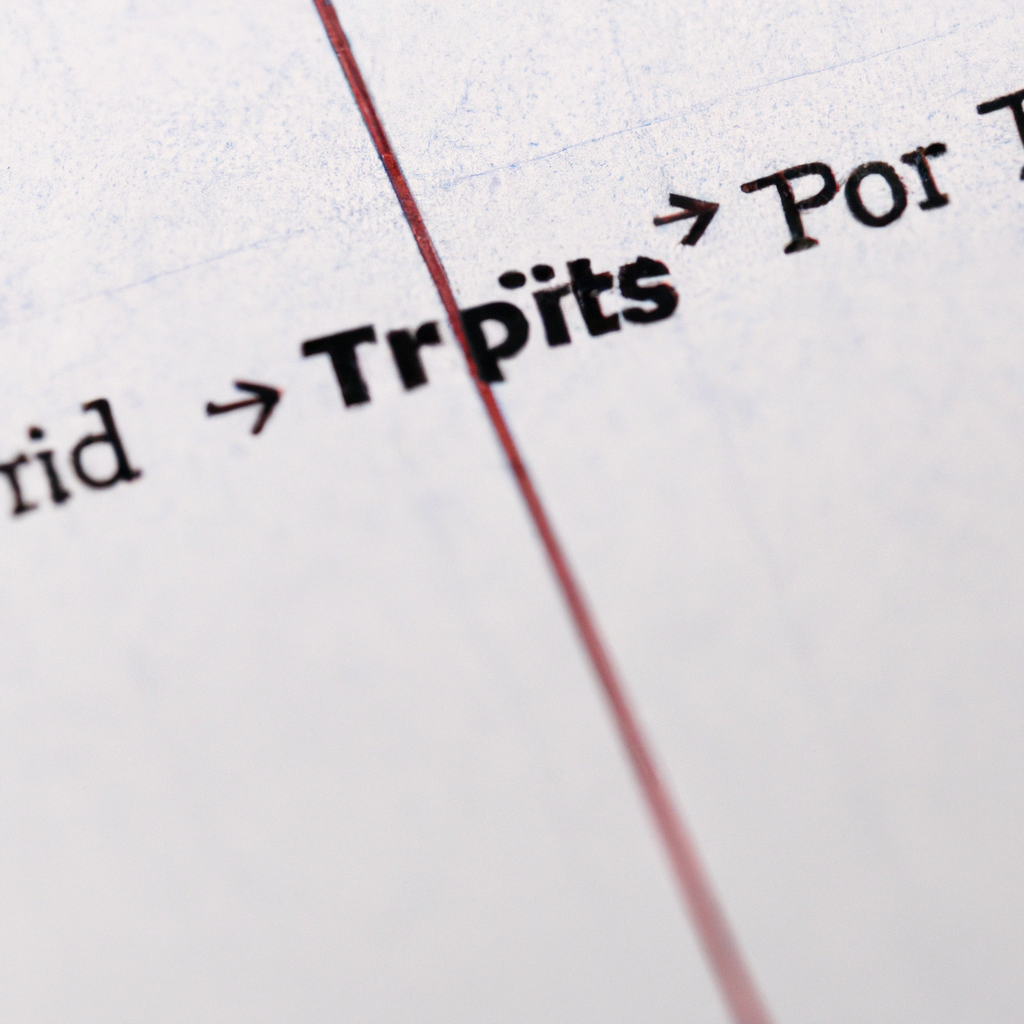
Using Pivot Points for Day Trading: A Powerful Tool for Traders
Using Pivot Points for Day Trading
Day trading involves buying and selling financial instruments within the same trading day. One popular tool used by day traders to help determine potential support and resistance levels is pivot points. Pivot points are calculated based on the previous day’s high, low, and closing prices, and can help traders identify key levels where the price may reverse or continue to move in a certain direction.
Calculating Pivot Points
To calculate pivot points, you will need the high, low, and closing prices from the previous trading day. The formula for calculating pivot points is as follows:
- Pivot Point (PP) = (High + Low + Close) / 3
- Support 1 (S1) = (2 * PP) – High
- Resistance 1 (R1) = (2 * PP) – Low
- Support 2 (S2) = PP – (High – Low)
- Resistance 2 (R2) = PP + (High – Low)
Using Pivot Points in Trading
Once you have calculated the pivot points, you can use them to help make trading decisions. Here are a few ways you can use pivot points in your day trading strategy:
- Identifying Support and Resistance Levels: Pivot points can help you identify key levels where the price may reverse or continue to move in a certain direction. For example, if the price is trading above the pivot point, it may be considered bullish, while trading below the pivot point may be considered bearish.
- Setting Stop Loss and Take Profit Levels: You can use pivot points to set stop loss and take profit levels for your trades. For example, you may place your stop loss just below the support level and take profit just below the resistance level.
- Confirmation with Other Indicators: Pivot points can be used in conjunction with other technical indicators to confirm trading signals. For example, if a pivot point aligns with a Fibonacci retracement level or a moving average, it may provide additional confirmation for a trade.
Conclusion
Pivot points are a valuable tool for day traders to help identify potential support and resistance levels in the market. By calculating pivot points and incorporating them into your trading strategy, you can make more informed trading decisions and improve your chances of success in the market.

